Trends in gardening shift just like interior design—what was popular ten years ago might now be considered invasive, high-maintenance, or just plain outdated. As climate change accelerates and biodiversity becomes more critical, experts are reevaluating which plants truly belong in our backyards. Some beloved classics may soon be frowned upon, or even banned outright, due to their environmental impact. If you’re planning a garden refresh, here are 13 plants that might not be welcome much longer.
1. English Ivy

Though once admired for its lush, old-world charm, English ivy is now raising red flags in many regions. According to the National Wildlife Federation, it’s one of the most invasive plants in North America, aggressively choking out native species and damaging trees and structures. Its rapid spread makes it difficult to control, especially in shady areas. What starts as an elegant groundcover often turns into an environmental nightmare.
Gardeners may want to consider native alternatives like wild ginger or creeping phlox, which offer groundcover benefits without the ecological cost. While ivy still appears in home catalogs and Pinterest boards, it’s increasingly seen as outdated and problematic. Removing existing ivy takes time and persistence, but it helps restore balance to your yard. And in the long run, your local ecosystem will thank you.
2. Butterfly Bush
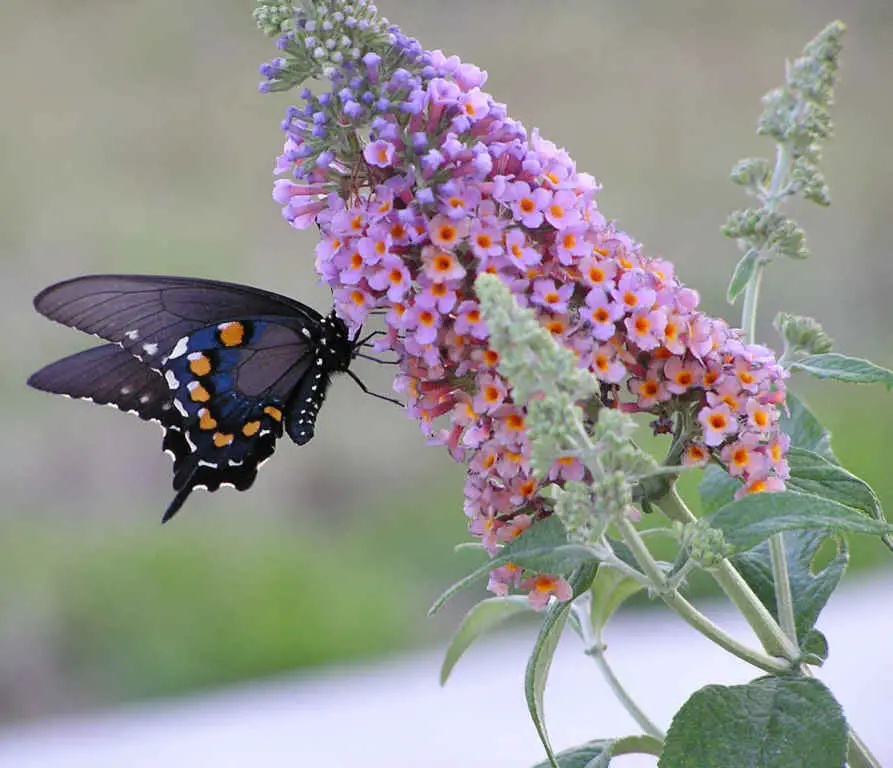
With a name like “butterfly bush,” it sounds like it belongs in every pollinator garden—but looks can be deceiving. Real Simple reports that although the plant attracts butterflies, it doesn’t provide the necessary food for caterpillars, making it a one-stop nectar source instead of a full habitat. Worse yet, some varieties self-seed aggressively and become invasive. That means more harm than good for native wildlife.
Swap in native milkweed, bee balm, or Joe-Pye weed to give pollinators a true home. These species support both adult butterflies and their larvae, strengthening local biodiversity. Butterfly bush may still be sold at nurseries, but many gardeners are making the switch now. It’s a small change that makes a big difference.
3. Bradford Pear Trees

Once praised for their uniform shape and pretty white blooms, Bradford pear trees have fallen out of favor—hard. As USA Today notes, these trees are brittle, short-lived, and prone to splitting during storms, creating hazards in residential neighborhoods. They’re also highly invasive, spreading rapidly and pushing out native trees in the Southeast. Their stinky flowers don’t help their reputation, either.
More cities are beginning to ban the sale and planting of Bradford pears. Homeowners who already have them are often encouraged to remove and replace them with stronger, native species. Redbuds and serviceberries offer beauty without the drama. If you’re thinking long-term, skip this tree altogether.
4. Purple Loosestrife
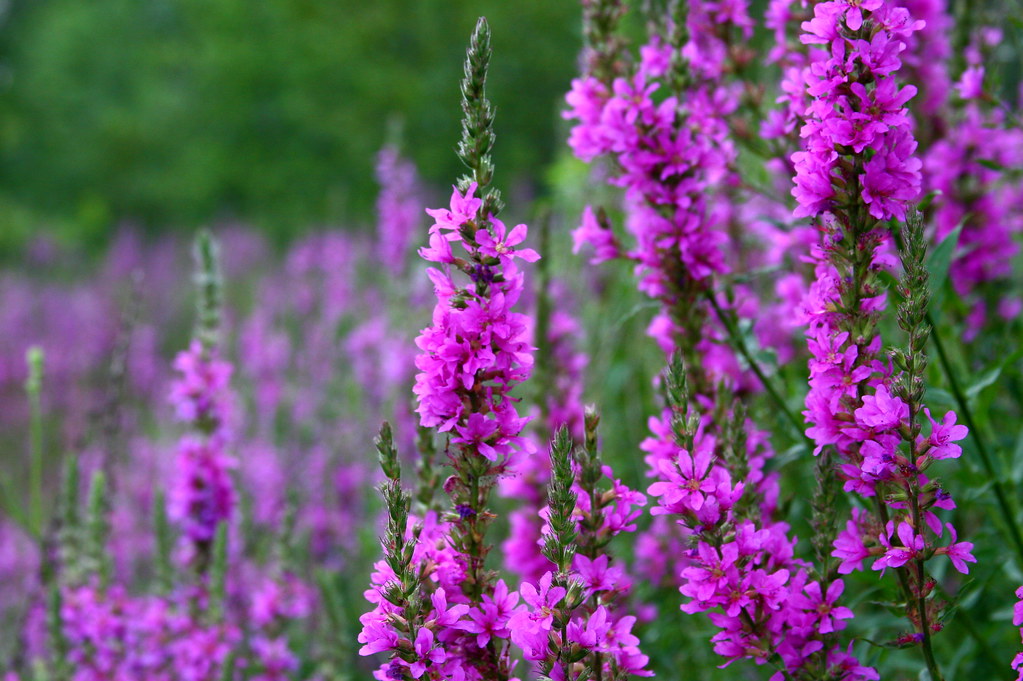
Purple loosestrife looks like a dream in bloom but quickly becomes a nightmare in wetlands and along waterways. Better Homes & Gardens explains that the plant forms dense mats that outcompete native wetland vegetation, disrupting local ecosystems. Though it was once widely sold for ornamental purposes, many states have since banned or regulated it. Even cultivars marketed as “sterile” have been known to spread.
Opt for native alternatives like blazing star or swamp milkweed if you’re after tall, showy flowers. These choices support pollinators without the invasive risk. If you already have loosestrife, monitor it closely—or better yet, dig it out. It’s not worth the ecological gamble.
5. Pampas Grass

With its towering plumes and feathery drama, pampas grass had its moment in stylish landscaping. But now it’s flagged as a problematic spreader in many warm climates, where it easily escapes gardens and colonizes open land. Its sharp-edged leaves can be a hazard, and once established, it’s tough to remove. In drought-prone states, it also poses a serious fire risk.
More gardeners are turning to ornamental grasses like switchgrass or little bluestem instead. These native options offer movement and texture without threatening the surrounding landscape. Pampas grass may still appear on mood boards, but it’s losing favor fast. Future-forward gardens are moving on.
6. Barberry Shrubs

These spiny shrubs were once a go-to for low-maintenance hedging, but their invasive tendencies are well-documented. Barberry is particularly notorious for harboring ticks, increasing the risk of Lyme disease in residential areas. It also displaces native forest plants and alters soil chemistry. In several states, it’s already blacklisted from commercial sale.
For those seeking a dense hedge, native viburnum or ninebark offer similar structure and color. These plants are better suited to local ecosystems and don’t come with the same health concerns. Swapping out barberry may take some effort, but it’s a worthwhile update. You’ll get beauty without the biological baggage.
7. Scotch Broom

Bright yellow blooms make Scotch broom look cheerful, but its impact on the environment is anything but. It spreads aggressively in dry, open areas, crowding out native wildflowers and grasses. Its seeds can lie dormant for decades, making eradication a serious challenge. Many land management agencies now classify it as a noxious weed.
If you want vivid color, consider golden alexanders or coreopsis. These native blooms offer seasonal brilliance without the long-term damage. Scotch broom’s glory days are long gone. It’s best to leave it in the past.
8. Wisteria (Non-Native Varieties)

Wisteria draping over a pergola might look dreamy, but many varieties—especially Chinese and Japanese types—are wildly invasive in the U.S. They can strangle trees, damage structures, and spread through underground runners. While native wisteria exists, it’s often overshadowed by the more aggressive imports. This vine demands constant maintenance to stay under control.
Gardeners craving cascading blooms should opt for American wisteria or clematis instead. These vines offer charm without the takeover. Non-native wisteria’s days may be numbered in eco-conscious landscapes. Don’t let the aesthetics fool you.
9. Elephant Ear Plants

Loved for their dramatic, oversized foliage, elephant ears are gaining scrutiny in places where they easily escape cultivation. In warm, humid zones, they can dominate wetlands and crowd out native flora. They’re not universally invasive yet—but they’re on watchlists in several states. And their rapid growth makes them tough to contain.
If you love the tropical look, try using canna lilies or native ferns. They bring drama without disrupting local water systems. Elephant ears might be fun in containers, but in-ground planting is risky. Keep them confined or reconsider entirely.
10. Callery Pear Hybrids
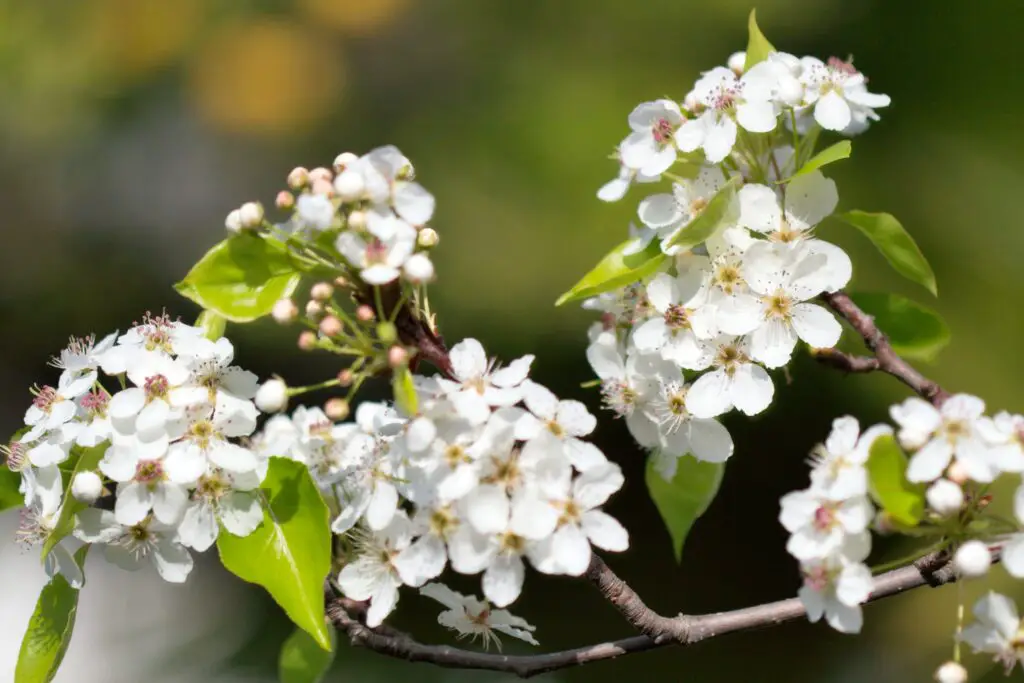
Bradford pears aren’t the only offenders—other Callery pear hybrids are causing problems too. These trees tend to cross-pollinate, leading to uncontrolled spread and thorny offspring. The resulting wild pear trees are harder to remove and pose a threat to local biodiversity. More nurseries are phasing them out.
Native flowering trees like dogwood or hawthorn provide seasonal interest and better long-term health. Even better, they support native pollinators and birds. Callery pears are quickly becoming the poster child for “bad landscaping decisions.” Don’t fall for the glossy blooms.
11. Lantana (Non-Native Varieties)
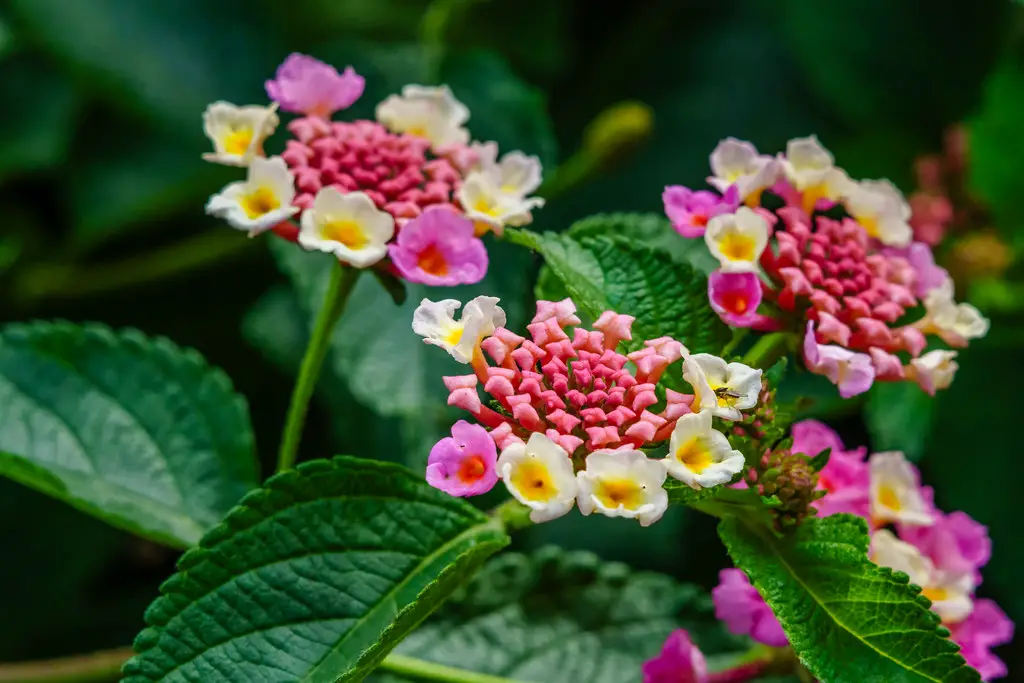
While colorful and heat-tolerant, non-native lantana has become a pest in many southern states. It spreads rapidly and forms dense thickets that displace native plants and harm grazing animals. Birds can carry the seeds far beyond your garden. It’s banned or restricted in parts of the southern U.S.
For similar vibrant color, look to native alternatives like butterfly weed or blanketflower. These support local wildlife and stay where they’re planted. Lantana’s charm is fading in sustainable gardens. It’s time for a replacement that gives back.
12. Miscanthus Grass
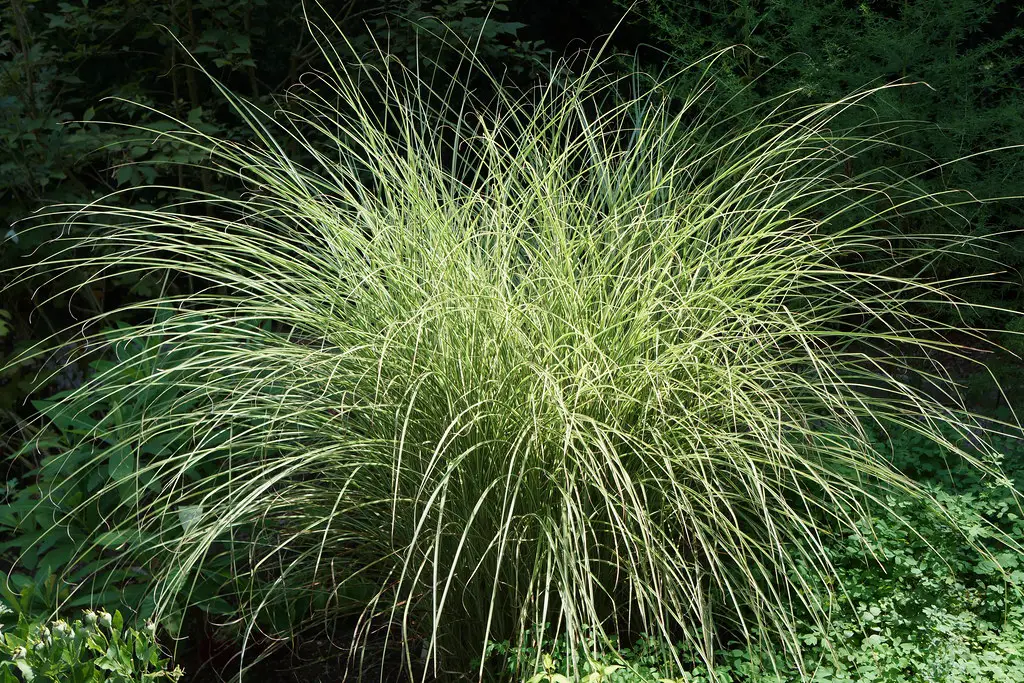
Miscanthus, often used for privacy or ornamental borders, is now seen as a growing threat. It self-seeds aggressively and spreads through underground rhizomes, especially in disturbed soils. Some states are evaluating its environmental impact and encouraging alternatives. It’s a classic case of a trendy plant turning troublesome.
Switchgrass and prairie dropseed are excellent substitutes that stay in bounds. They also provide habitat for beneficial insects and birds. Miscanthus may still be sold widely, but its reputation is quickly shifting. Better to be ahead of the curve now.
13. Burning Bush

Once a staple of fall landscaping, burning bush is falling out of favor fast. Though its fiery red leaves are iconic, it’s considered invasive in many northeastern states. It spreads through seeds and forms dense thickets that crowd out native plants. Several regions now restrict or ban its sale.
For autumn color, consider native shrubs like chokeberry or sumac. They provide brilliant foliage without the ecological impact. Burning bush is on its way out, and rightly so. There are smarter—and just as stunning—choices out there.
